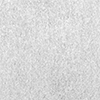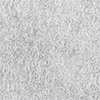Filter by
Length
Grit
Color
For Use On
Material
Abrasive Material
Abrasive Backing Material
Performance
Thickness
DFARS Specialty Metals
For Finish
Export Control Classification Number (ECCN)
Diameter
For Use With
Paper Type
Most Likely Products
All Results
Communication
Fabricating and Machining
Material Handling
Heating, Ventilation, and Air Conditioning
Lighting
Building and Machinery Hardware
Facility and Grounds Maintenance
Measuring and Inspecting
Safety Equipment
Fluid Handling
Containers, Storage, and Furniture


































































